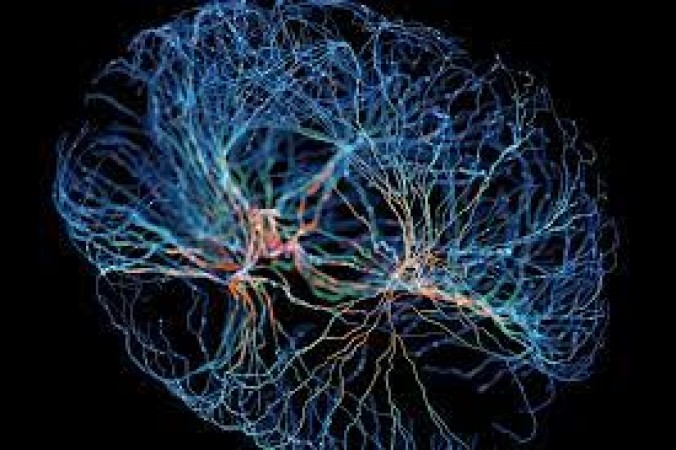
In a groundbreaking revelation, scientists have made significant strides in understanding the intricate language of brain cells. Through meticulous research and innovative techniques, they have unveiled the complex communication mechanisms that govern neural networks. This newfound knowledge holds immense potential for revolutionizing our understanding of the brain and unlocking new frontiers in neuroscience.
At the heart of brain cell communication lies the synapse, a microscopic structure that serves as the junction between neurons. Here, neurotransmitters play a pivotal role, transmitting signals across the synaptic gap to relay information from one neuron to another.
Imagine neurotransmitters as messengers traversing a bustling city, delivering crucial information at lightning speed. These chemical substances bridge the synaptic gap, facilitating communication between neurons and orchestrating a symphony of neural activity.
Electrophysiological techniques provide a window into the electrical dance of brain cells. By recording neuronal impulses and synaptic currents, researchers gain insights into the rhythm and tempo of neural communication.
Enter optogenetics, a cutting-edge tool that harnesses light to control neural activity with unprecedented precision. By genetically engineering neurons to respond to light, scientists can manipulate and observe neuronal communication in real-time, shedding light on previously inaccessible neural circuits.
Within the intricate machinery of the cell, second messengers act as molecular heralds, relaying signals from the cell surface to the nucleus. These signaling cascades play a crucial role in modulating synaptic strength and shaping neuronal communication.
Picture calcium ions as the conductors of a neural orchestra, orchestrating synchronized waves of activity throughout the brain. These fluctuations in calcium levels serve as fundamental signals in neuronal communication, regulating processes ranging from synaptic plasticity to gene expression.
Through computational models, scientists simulate the intricate interplay of neurons within the brain, offering insights into the emergent properties of neural networks. These models serve as virtual laboratories, allowing researchers to explore hypothetical scenarios and test novel hypotheses.
In the era of big data, machine learning algorithms sift through vast datasets to uncover hidden patterns and relationships within neuronal activity. By leveraging the power of artificial intelligence, scientists can unravel the complexities of brain cell communication with unprecedented efficiency.
By deciphering the language of brain cells, researchers gain invaluable insights into the mechanisms underlying neurological disorders. From Alzheimer's disease to schizophrenia, understanding aberrant patterns of neural communication holds the key to developing targeted therapies and interventions.
Imagine a world where thoughts are translated into actions with seamless precision. Brain-computer interfaces represent the frontier of neurotechnology, enabling direct communication between the brain and external devices. From prosthetic limbs to augmented reality, the potential applications of this technology are boundless. The discovery of how brain cells communicate marks a pivotal milestone in our quest to unravel the mysteries of the mind. Armed with this knowledge, scientists are poised to unlock new frontiers in neuroscience, paving the way for transformative breakthroughs in our understanding of the brain and its disorders.
These 5 smartwatches are best for swimming, know the price and all the features
Stress and obesity go together, know how it stores fat in the body